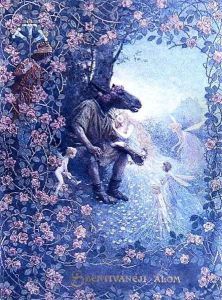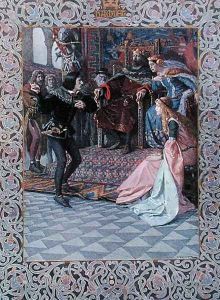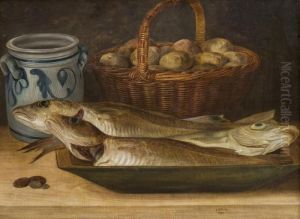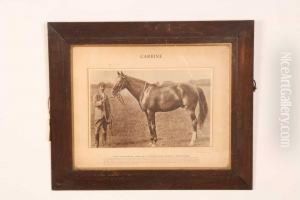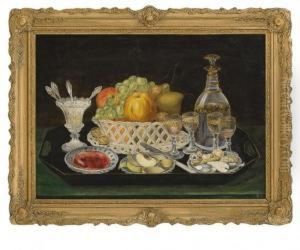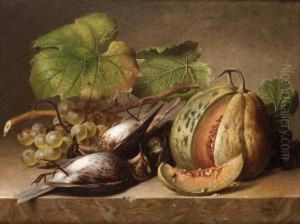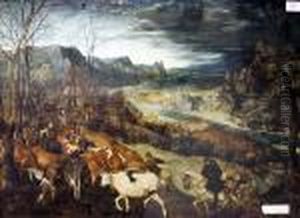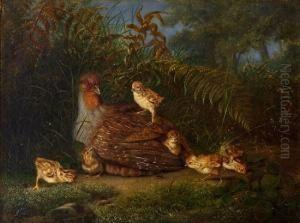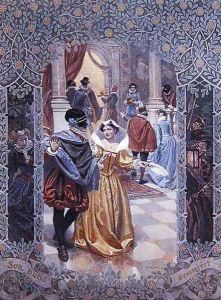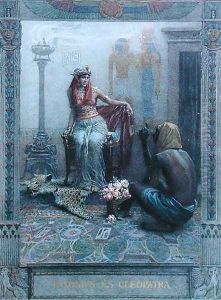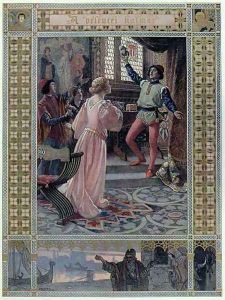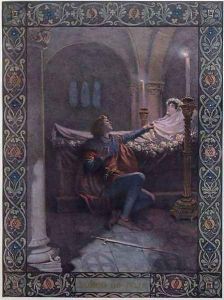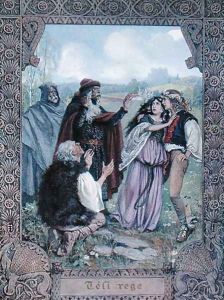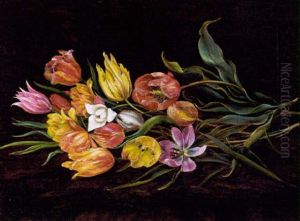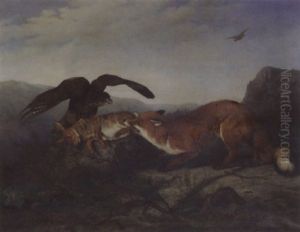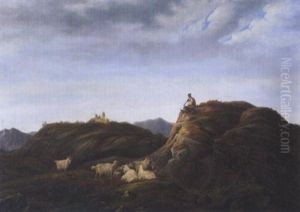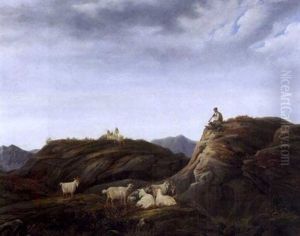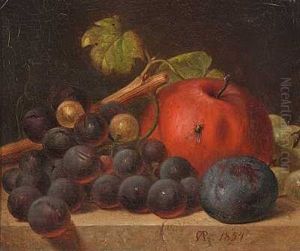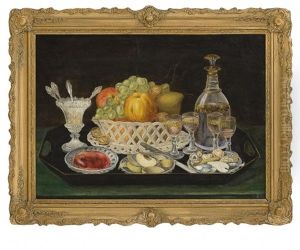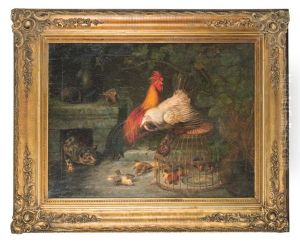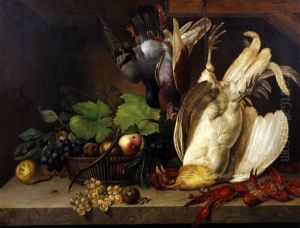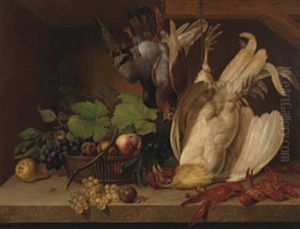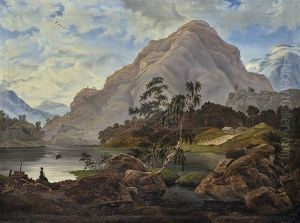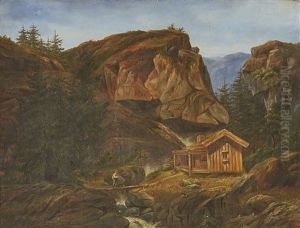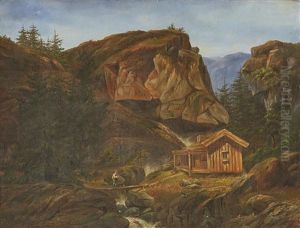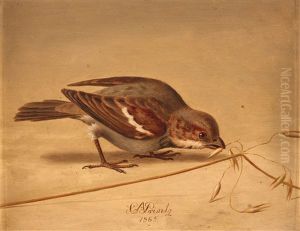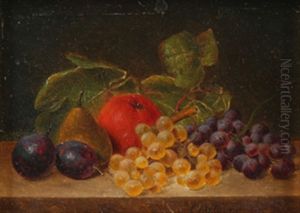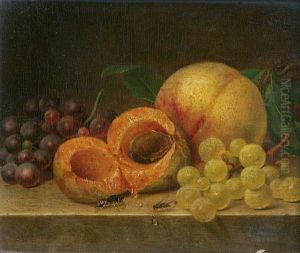Christian August Printz Paintings
Christian August Printz was a relatively obscure figure in the realm of art history, primarily known for his contributions as a painter. Born in 1699, in an era when European art was undergoing significant transformations, Printz's work was reflective of the stylistic shifts of his time, though much of his life and work remain under-documented in the broader context of art history. His lifespan covered a period that saw the tail end of the Baroque period and the beginning of the Rococo movement, both of which influenced artistic expressions across Europe. Despite the lack of extensive records on Printz's life, it is understood that he was active during a time of artistic innovation and change. His death in 1759 marked the end of a career that, while not as celebrated or well-documented as that of his contemporaries, contributed to the tapestry of 18th-century European art. Printz's legacy, though not extensive, is a reminder of the many artists whose works and lives have only partially entered the historical record, offering a glimpse into the diverse and rich landscape of artistic production during a period of significant cultural development.
